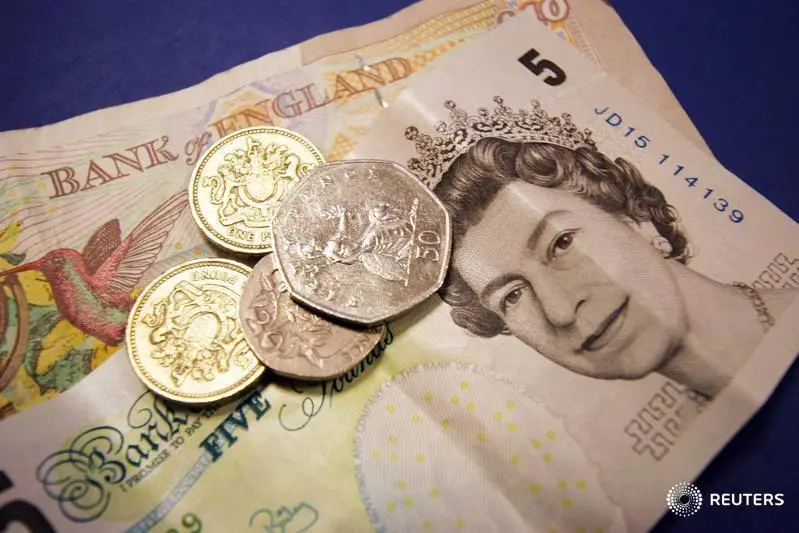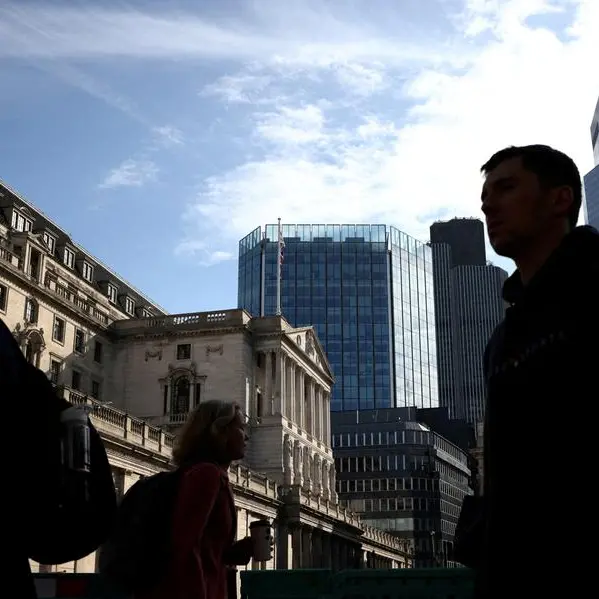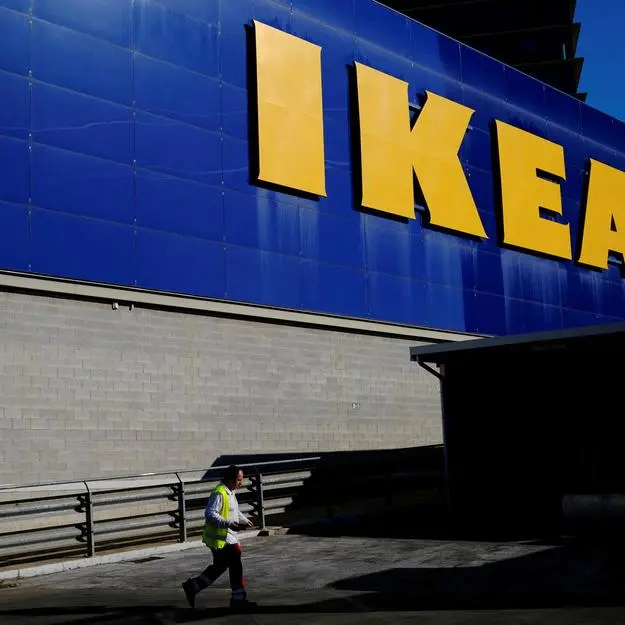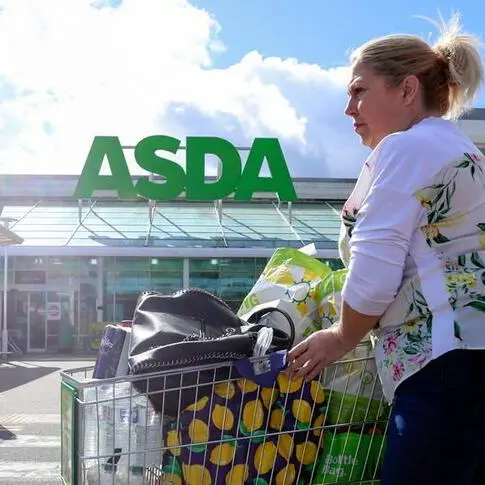PHOTO
The pound briefly flickered higher on Friday after data showed UK retail sales grew at their fastest pace in nearly three years in January, beating expectations, but did little to shift expectations around Bank of England (BoE) monetary policy.
Retail sales rose at a monthly rate of 3.4% in January, according to the Office for National Statistics, compared with forecasts for an increase of 1.5% in a Reuters poll. The rise was the biggest since April 2021.
Sterling was last flat on the day at $1.259, having traded around $1.25815 prior to the numbers. Against the euro , the pound was also unchanged on the day at 85.46 pence.
For the week so far, the pound is on track to log its first weekly decline against the euro in two months, with a 0.1% dip, while against the dollar, it is set for a 0.2% decline.
The BoE is intent on bringing down inflation, which at 4%, is double its current target.
A number of metrics of UK activity have shown growth is holding up, even if the economy slipped into recession in the second half of last year.
Analysts at ING said on Friday it was unlikely that the BoE would shift its focus to something other than inflation and wage growth, in particular.
"It does not seem likely that the BoE will turn significantly more hawkish only on the basis of softer growth and without having reassurances on the inflation side first," strategist Francesco Pesole said.
"The pound seems to mirror this narrative, declining only modestly after GDP numbers yesterday and gaining a little bit this morning," he said, adding that a rebound in the value of the euro against sterling was on the cards given the divergence in expectations for interest rates between Britain and the euro zone.
Futures markets shows traders believe the BoE will rank among the most aggressive among major central banks in resisting rate cuts.
Around three quarter-point rate cuts are priced in for this year, compared with nearly four cuts from the Federal Reserve and almost five from the European Central Bank.
This has given the pound an edge against other currencies, making it the least-weakest performer against the dollar so far this year, with a decline of just 1%, compared with a drop of 6.5% in the yen, the worst performer.
(Editing by Alun John and Gareth Jones)























